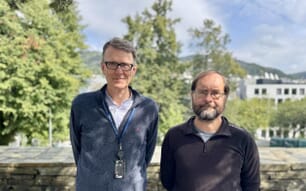
© Skretting
The farming of barramundi – also widely known as Asian seabass – has escalated substantially over the course of the last decade in the Asia Pacific region.
“Skretting anticipates that the production of barramundi, which is increasingly being regarded as ‘the white salmon’ due to its premium potential in the marketplace, will continue on this strong growth trend, and is committed to supporting its customers through precision services and premium feed solutions,” explains the feed company in a press release issued today.
As a result they have added it to their digital AquaSim platform – which uses a portfolio of aquaculture species’ growth and feeding models to facilitate precision farming. The platform uses data to calculate the expected farm performance, and also provides tailored feeding protocol recommendations.
“We worked with a large new production dataset of barramundi reared under a variety of environmental conditions both in net pens, tanks and ponds to develop this new model,” explains Kristoffer Tveit, Skretting’s digital innovation director. “The recent data was collected from South East Asia, Australia and the Middle East. In addition, we had our own growth data from nutritional research trials at the Skretting ARC Hezhoubei Research Station.

“The growth model is now more robust for all growth predictions and clearly improved for large barramundi (>2 kg). Furthermore, it was interesting to see that small barramundi have a higher optimum temperature than large barramundi, which is something we have seen in other species.”
“I am very pleased with the new barramundi model,” says Arjen Roem, Skretting’s marketing manager in South Asia. “Some growth models tend to be too theoretical in predicting maximum growth rates, and are simply unachievable in practice, but our barramundi model sets realistic feed ration targets, and it will predict growth accurately for the majority of our customers.”



